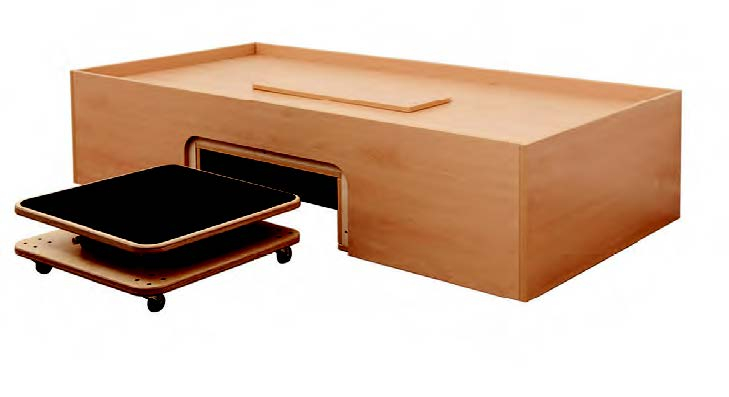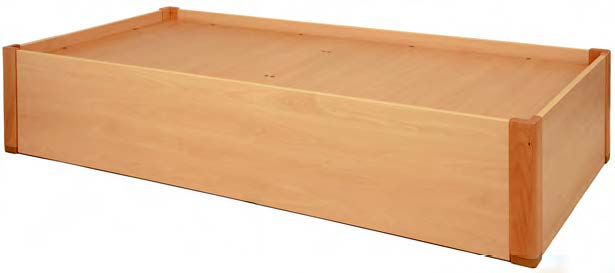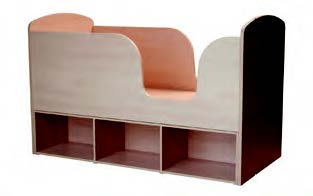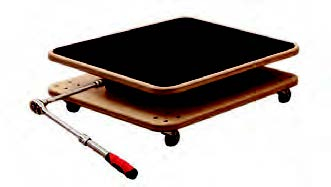
Tough Furniture explain what is driving the specification and design of mental health beds
In hospitals and other care facilities, much of a patient’s time is spent in a bed or chair as they wait for tests or appointments or recover from treatment or injury.
Because of this heavy use, much research and development goes into the design of these furniture items, and there are key drivers in terms of specification.
Liz Vesty, business development manager at Tough Furniture, explains how “Furniture designs are chosen depending on the particular needs and behaviours of the end user group."
Design considerations in mental health settings



The Tough Furniture range
Products include the Tough Original and Roxy beds, which are designed for hard use where there are no ligature risks; and the Tough Plus Bed, which is anti-ligature and has options for lockable storage underneath.
A customised service
Vesty said beds are made to an individual customer’s specific requirements.
“For example, we created a moveable bed which was requested by an NHS mental health trust in Scotland. We designed and manufactured a simple ratchet truck to go under the bed and make such a move easy.
“We have also created a bespoke bed for children and adults on the autistic spectrum who value a semi-enclosed sleeping area because it gives them a sense of safety.”
“Specifiers should understand the precise requirements of the end user and the care management system combined with the value inherent in the true lifecycle cost.”
In the future, she expects bed design to further adapt, with a focus by designers on improving functional specification. This could include fully-waterproof beds and exploring the potential of new materials and manufacturing technologies.